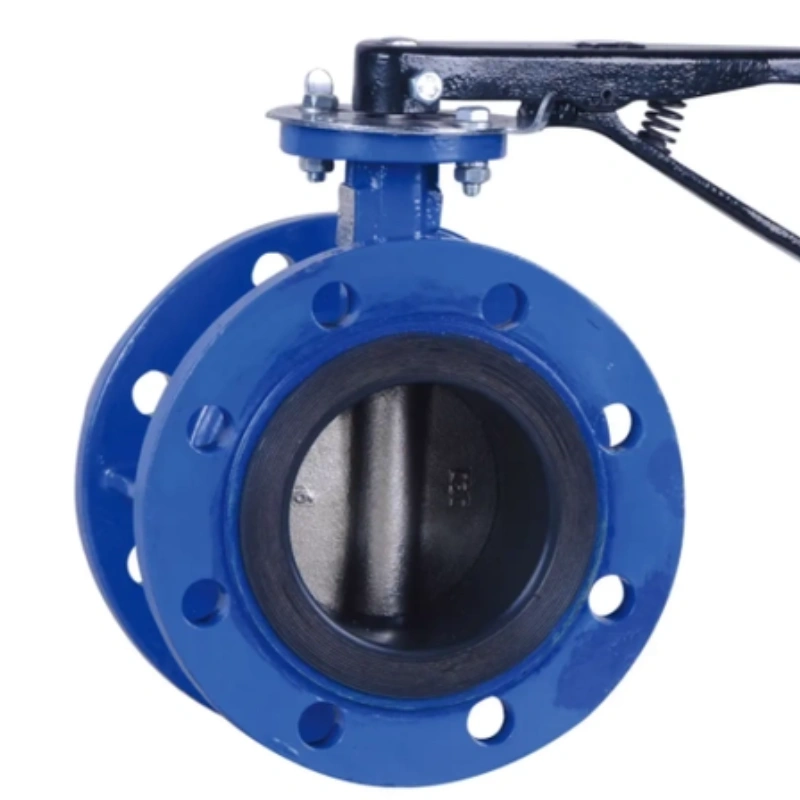Гру . 04, 2024 21:32 Back to list
ball valve body types
Understanding Ball Valve Body Types
Ball valves are widely recognized for their ability to provide a reliable, quick, and efficient means of controlling the flow of liquids and gases in various applications. A crucial aspect of ball valves is their body type, which significantly influences performance, durability, and suitability for specific applications. Choosing the right ball valve body type is essential for ensuring optimal operation in industrial, commercial, and residential settings.
Types of Ball Valve Bodies
When categorizing ball valve bodies, engineers typically focus on the material construction and design. The most common body types include
1. Two-Piece Ball Valve As the name suggests, this type consists of two main pieces the body and the end connection. The two-piece design allows for easier maintenance and repairing since the internals can be accessed without removing the entire valve from the piping system. This design is particularly favored in applications where the valve may require frequent servicing.
2. Three-Piece Ball Valve This design typically includes three parts the two end caps and a central body. The three-piece construction allows for greater flexibility and ease of maintenance, as it can be completely disassembled without disrupting the piping arrangement. This makes it an excellent option for larger systems where replacement of components may be necessary without the need to shut down the entire line.
3. Full Port Ball Valve In this design, the internal diameter of the valve is the same as that of the pipeline, allowing for minimal pressure drop and unrestricted flow. Full port ball valves are ideal for applications where a high flow rate is essential, such as in oil and gas transport. Their design helps to enhance performance and reduce wear on the valve’s internal components.
4. Reduced Port Ball Valve In contrast to the full port design, the reduced port ball valve has a smaller opening than the pipeline. This can create a pressure drop and might affect flow rate, making them less suitable for high-pressure applications. However, they are often more cost-effective and can be used efficiently in systems where high flow is not a critical factor.
ball valve body types

5. Trunnion Mounted Ball Valve This design features a ball supported by bearings at the top and bottom, providing additional stability. It's particularly useful for handling large volumes of fluid under high pressure, and it's commonly used in the oil and gas industry. The trunnion-mounted design minimizes wear and tear on the ball and enhances the lifespan of the valve.
Material Selection for Ball Valve Bodies
Besides the design, the materials used for the body of ball valves are critical in determining their performance and durability. Common material options include
- Brass Known for its corrosion resistance and affordability, brass is well-suited for low-pressure applications. - Stainless Steel This material offers superior strength, corrosion resistance, and versatility, making stainless steel ball valves ideal for high-pressure environments and harsh chemicals. - PVC and CPVC These thermoplastic options are popular for handling corrosive fluids and are generally used in chemical and wastewater applications. - Carbon Steel Carbon steel is often used in high-stress situations where strength and durability are required, but can be susceptible to corrosion if not properly coated.
Choosing the Right Body Type
Selecting the appropriate ball valve body type depends on several factors including the specific application, the type of fluid or gas being controlled, flow requirements, and maintenance needs. For example, in a high-flow, high-pressure environment such as a chemical processing plant, a three-piece, trunnion-mounted ball valve made of stainless steel may be the best option. On the other hand, a two-piece brass valve might suffice for a simple water line in a residential setting.
In conclusion, understanding the various ball valve body types and their suitable applications is essential for engineers and operators. By carefully assessing the requirements of each specific application, they can ensure the selection of the most effective ball valve type, leading to improved efficiency, reduced downtime, and enhanced system performance.
-
thread-plug-gauge-our-promise-of-measurement-excellenceNewsAug.22,2025
-
gauge-pin-class-reflecting-quality-legacyNewsAug.22,2025
-
check-valve-types-for-high-rise-buildingsNewsAug.22,2025
-
water-control-valve-for-irrigation-systemsNewsAug.22,2025
-
gate-valve-with-soft-seal-technologyNewsAug.22,2025
-
y-type-strainer-for-oil-and-gas-applicationsNewsAug.22,2025
Related PRODUCTS









